Accessibility will have a new face at the Olympic and Paralympic Village in Greater Paris.
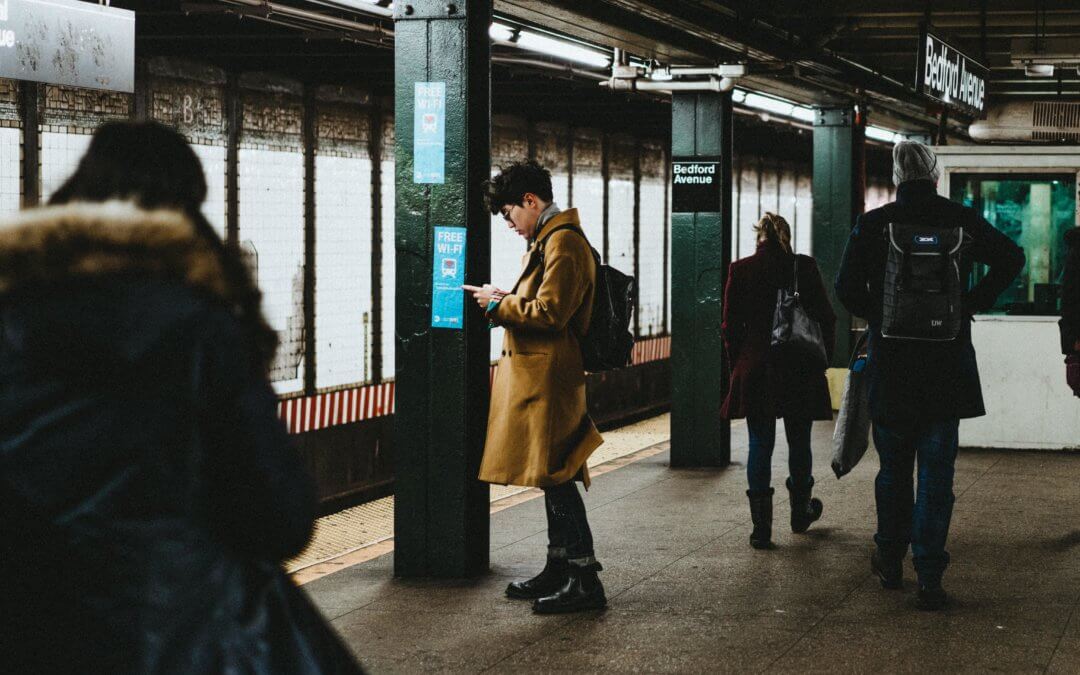
How to Help People with Disabilities Get a Better Experience on the Subway?
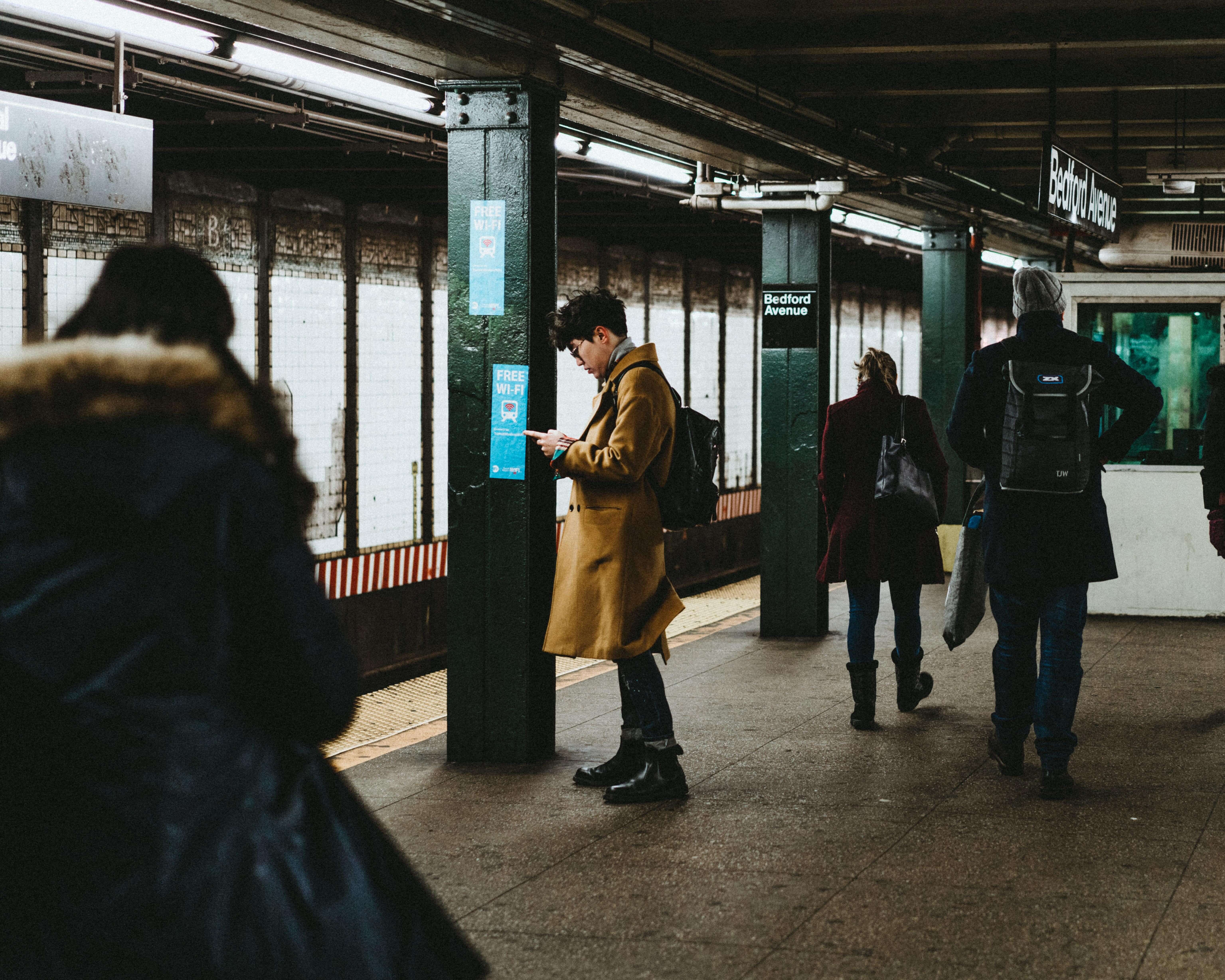
How to Help People with Disabilities Get a Better Experience on the Subway?
Douze villes américaines sont desservies par un métro : Atlanta, Baltimore, Boston, Chicago, Cleveland, Los Angeles, Miami, New York, Philadelphie, San Francisco, San Juan et Washington, DC. Depuis l’ouverture de la première station à Boston en 1897, plus de 1 000 stations, pour un réseau d’environ 1 318 kilomètres au total, sont aujourd’hui en service aux États-Unis. Ces systèmes de transport ferroviaire, aériens et souterrains, représentent un vaste labyrinthe qui permet à des milliers de personnes de se déplacer chaque jour sans emprunter les rues souvent encombrées que nous connaissons tous trop bien.
Si le métro est la solution de transport privilégiée pour la majeure partie de la population, il peut s’avérer être un véritable casse-tête pour les personnes handicapées.
Comment se sentir en sécurité dans un environnement encombré et confiné ? Comment s’orienter dans des stations complexes ? Comment atteindre les quais dans un environnement où les ascenseurs sont rares, voire inexistants ?
Nous allons passer en revue les difficultés rencontrées par les personnes handicapées et les bonnes pratiques à adopter tout au long des étapes d’un trajet en métro.
Bienvenue dans le métro !
Préparer votre voyage
Pour se rendre d’un point A à un point B en métro sans encombre, rien de tel que de bien préparer son itinéraire. Mais cela peut s’avérer difficile pour une personne handicapée.
| Difficultés rencontrées | Bonnes pratiques |
| Comprendre le chemin à suivre | Site web ou application avec un itinéraire adapté |
| Manque d’informations sur les perturbations | Informations en temps réel pendant les perturbations |
| Manque d’informations sur la présence et l’état des ascenseurs/escalators | Informations en temps réel sur l’état de fonctionnement des ascenseurs et des escaliers mécaniques |
| Oublier l’itinéraire | Rappel de l’itinéraire |
Trouver la station
Il n’est pas facile de trouver l’entrée du métro pour les personnes aveugles ou malvoyantes.
Il est essentiel de choisir une signalétique accessible, claire et homogène pour l’ensemble du réseau. L’accessibilité universelle nécessite un bon éclairage, un bon contraste visuel, des systèmes de navigation audio, des avertissements détectables et des parcours tactiles.
En descendant vers la gare
En raison des nombreuses marches qui séparent l’entrée de la gare et la gare elle-même, l’installation d’ascenseurs et d’escaliers mécaniques est indispensable pour les personnes à mobilité réduite.
La majeure partie du réseau ayant été construite avant 1990, de nombreuses stations ne sont accessibles que par des escaliers. En raison de l’Americans with Disabilities Act (ADA) , qui interdit toute discrimination envers les personnes handicapées, les villes ont dû revoir leurs normes d’accessibilité. La ville de New York, par exemple, a déjà rénové 120 stations et ce nombre ne cesse de croître.
Un accès vertical au métro est essentiel pour les millions d’Américains et de touristes à mobilité réduite qui souhaitent se déplacer en ville. L’absence de telles mesures les contraint à utiliser un autre moyen de transport, voire à rester chez eux.
Acheter un billet
Il est impossible de passer les tourniquets sans acheter un ticket.
Plusieurs options s’offrent à vous : au guichet de la gare avec l’aide d’un membre du personnel, au distributeur automatique ou en ligne. Ces options doivent toutefois être accessibles.
| Difficultés rencontrées | Bonnes pratiques |
| Localiser le guichet de la gare ou le distributeur de billets | Système de guidage sonore, signalisation visuelle et chemins de guidage |
| Utilisation des boutons tactiles des distributeurs de billets | boutons en relief |
| Manque d’informations sonores | Prise pour écouteurs |
| Hauteur du comptoir | Comptoir abaissé |
| Difficulté à comprendre l’offre | Présentation simplifiée des informations (pictogrammes) |
| Difficulté à lire | Vocabulaire en gros caractères et accessible (facile à lire) |
| Stress dû à l’impatience des autres utilisateurs | Acheter un billet en ligne, par SMS ou via une application |
| Communiquer avec le personnel | Formation du personnel pour accueillir et accompagner les personnes handicapées |
Passer les tourniquets
Passer les tourniquets peut être stressant. L’impatience des autres usagers, le manque de temps pour les franchir, la force des portes à la fermeture sont autant de facteurs d’anxiété, accentués par un handicap.
Comment les personnes malvoyantes trouvent-elles les tourniquets ? Comment les franchir rapidement sans se blesser ni blesser leur chien-guide ? Qu’en est-il des personnes souffrant d’un handicap mental aggravé par le stress ou de celles qui ont simplement besoin de plus de temps pour appréhender leur environnement et se déplacer ?
L’objectif principal des réseaux de transport est d’éviter la fraude, mais il est également important de permettre à chacun d’accéder aux quais en toute sécurité.
| Difficultés rencontrées | Bonnes pratiques |
| Largeur de passage insuffisante pour un fauteuil roulant | Sas dédié aux personnes à mobilité réduite permettant aux personnes avec poussettes, fauteuils roulants et personnes accompagnées d’accéder au quai |
| Contrôle de validité des billets trop élevé | Contrôle de validité des billets réduit pour les personnes de petite taille et les enfants |
| Difficulté à insérer votre ticket | Validation sans contact |
| Distinction entre les portes d’entrée et de sortie | Contraste visuel, pictogrammes éclairés pour une meilleure visibilité (par exemple une flèche verte et une croix rouge), chemins de guidage |
| Mécanisme de fermeture rapide | Détecteur de présence |
| Pas de détecteur pour les enfants, les personnes de petite taille ou les chiens guides | Détecteur de présence abaissé |
| Difficulté pour les personnes qui ne peuvent pas utiliser leur bras droit pour valider leur ticket | Portillons avec accès à gauche pour validation, double validation à l’intérieur des sas PMR |
| Difficulté à trouver et à actionner le bouton d’ouverture des sas PMR | Un bouton d’ouverture visuellement contrasté et facile d’accès |
Trouver la plateforme
Dans certaines stations, trouver le bon quai peut se transformer en véritable jeu de piste. La complexité du quartier, le nombre de correspondances, le manque d’informations et le flux de passagers aux heures de pointe rendent l’orientation difficile.
Pour répondre aux difficultés rencontrées par les usagers les plus vulnérables, une signalisation visuelle et sonore claire est essentielle. Un système de navigation numérique peut les aider à être totalement autonomes et les rassurer pendant leurs déplacements.
Trouver une place à bord, que le wagon soit plein ou non, n’est pas toujours facile. Se frayer un chemin pour demander la place d’une autre personne requiert une certaine confiance et des capacités sensorielles que certains d’entre nous ne possèdent pas.
C’est pourquoi il est important de définir des espaces d’assise prioritaires et clairement identifiés.
Descendre à la bonne station
Pour savoir quand descendre, un plan de la ligne entière à l’intérieur du wagon est indispensable. Une annonce visuelle et sonore avant chaque station et lors des éventuelles perturbations permet de pallier les déficiences mentales et sensorielles de certains usagers.
Des besoins différents
Les stations déjà accessibles aux personnes à mobilité réduite à New York disposent de :
⊗ Ascenseurs ou rampes
⊗ Mains courantes sur les rampes et les escaliers
⊗ Panneaux en gros caractères et en braille tactile
⊗ Systèmes d’information audio et visuelle, y compris les points d’aide ou les écrans d’information client de sonorisation
⊗ Fenêtres de cabine de gare accessibles avec appuis situés à moins de 36 pouces (91 cm) au-dessus du sol
⊗ Distributeur automatique de cartes MetroCard accessibles
⊗ Portails d’entrée de service accessibles
⊗ Bandes d’avertissement de bord de quai
⊗ Modifications de l’espacement des quais ou plaques de pont pour réduire ou éliminer l’espace entre les trains et les quais lorsqu’il est supérieur à 2 pouces (5,1 cm) verticalement ou 4 pouces (10 cm) horizontalement
⊗ Téléphones à hauteur accessible avec contrôle du volume et téléphones textuels (ATS)
⊗ Toilettes accessibles dans les stations équipées de toilettes, si des toilettes publiques ouvertes 24h/24 sont en service
Il appartient aux entreprises de transport de mettre en place des solutions adaptées pour mieux répondre aux besoins des personnes handicapées. Un dialogue entre les associations de personnes handicapées et les responsables du réseau permet de répondre au mieux aux besoins des personnes concernées.
Bien que l’ADA ait imposé aux sociétés de transport en commun de revoir leur planification depuis 1990, l’accessibilité reste un chantier en cours. Certaines stations illustrent parfaitement ce que devrait être l’accessibilité, mais la plupart doivent encore se conformer aux normes requises, obligeant les usagers à se déplacer par un autre moyen de transport.
De nombreuses solutions, connues ou innovantes, permettent d’atteindre les normes d’accessibilité fixées par la réglementation. Découvrez-en quelques-unes sur notre site web !
media
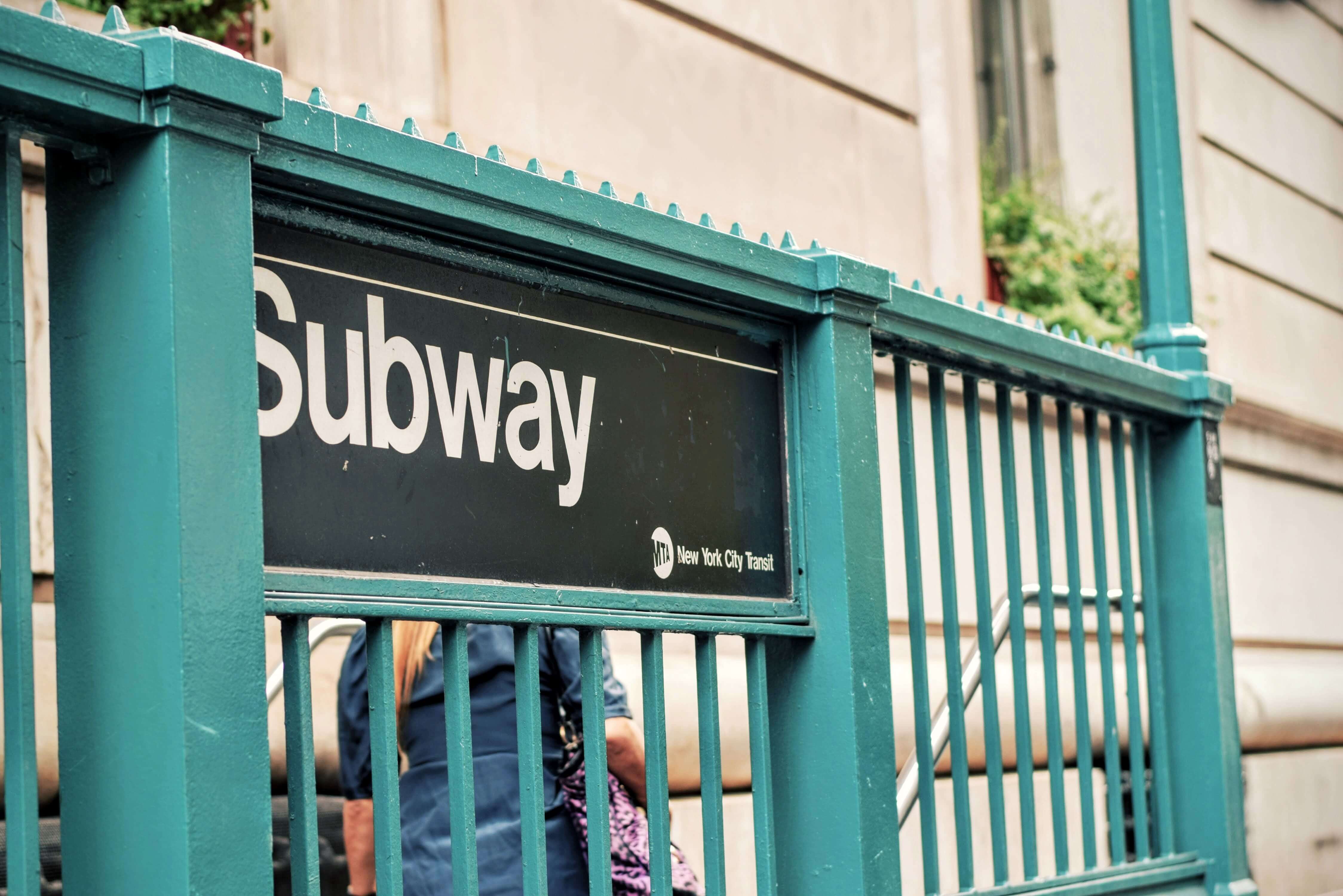
In response to the difficulties encountered by the most vulnerable users, a clear visual and audio signage is essential.
writer

Zoe Gervais
Content Manager
stay updated
Get the latest news about accessibility and the Smart City.
other articles for you

Open Data Is Key to Fostering Universal Accessibility
Open data represents an opportunity for cities to reach universal accessibility. It shows the missing links of the mobility chain.
Our Audio Beacons Guide the Blind and Visually Impaired at the Helsinki Subway
The Helsinky subway improved their audio signage system by installing on demand and remotely activated audio beacons.
7 Good Reasons to Install Audio Beacons at Your Public Transport Network
Audio beacons are an efficient way to provide more autonomy to blind and visually impaired people. They can easily use public transport.
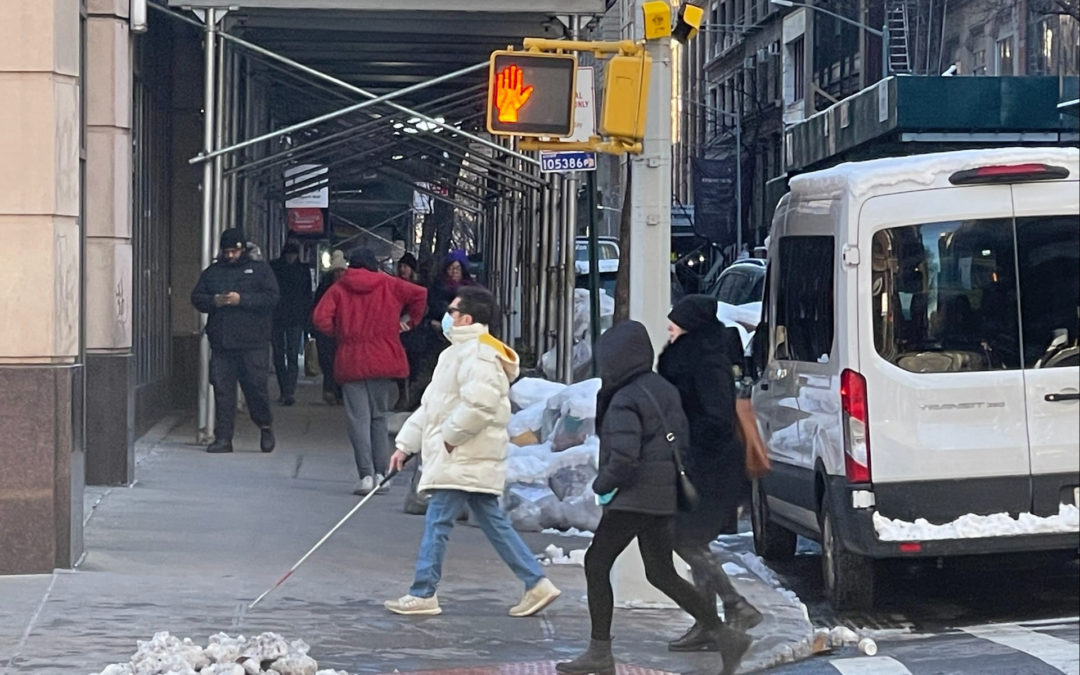
Will Remote Activation Become the Norm for Accessible Pedestrian Signals?
More and more cities like New York have been exploring remote activation to trigger accessible pedestrian signals.
share our article!
more articles

Disability Statistics in the US: Looking Beyond Figures for an Accessible and Inclusive Society
Disability Statistics in the US: Looking Beyond Figures for an Accessible and Inclusive Society Around 61 million adults in the United States live with a disability. Diving into disability statistics in the US will help us know exactly who is concerned and what...
Our Audio Beacons Guide the Blind and Visually Impaired at the Helsinki Subway
Our Audio Beacons Guide the Blind and Visually Impaired at the Helsinki SubwayOur audio beacons equip the new line of the Helsinki subway in Finland. They help blind and visually impaired people locate the points of interest of a station. For users with visual...

Will Remote Activation Become the Norm for Accessible Pedestrian Signals?
Will Remote Activation Become the Norm for Accessible Pedestrian Signals?Without pushbutton, there are no accessible pedestrian signals. That’s how APS work in the U.S. But more and more cities have been exploring remote activation like New York City. The Department...

Hearing Impaired People: a Multitude of Profiles for Different Needs
Hearing Impaired People: a Multitude of Profiles for Different Needs Did you know that hearing impaired people have several profiles and that the way they identify themselves is important? You may be familiar with deaf and hard of hearing people but for each of...
NEVER miss the latest news about the Smart City.
Sign up now for our newsletter.
Unsubscribe in one click. The information collected is confidential and kept safe.
powered by okeenea
The French leading company
on the accessibility market.
For more than 25 years, we have been developing architectural access solutions for buildings and streets. Everyday, we rethink today’s cities to transform them in smart cities accessible to everyone.
By creating solutions ever more tailored to the needs of people with disabilities, we push the limits, constantly improve the urban life and make the cities more enjoyable for the growing majority.

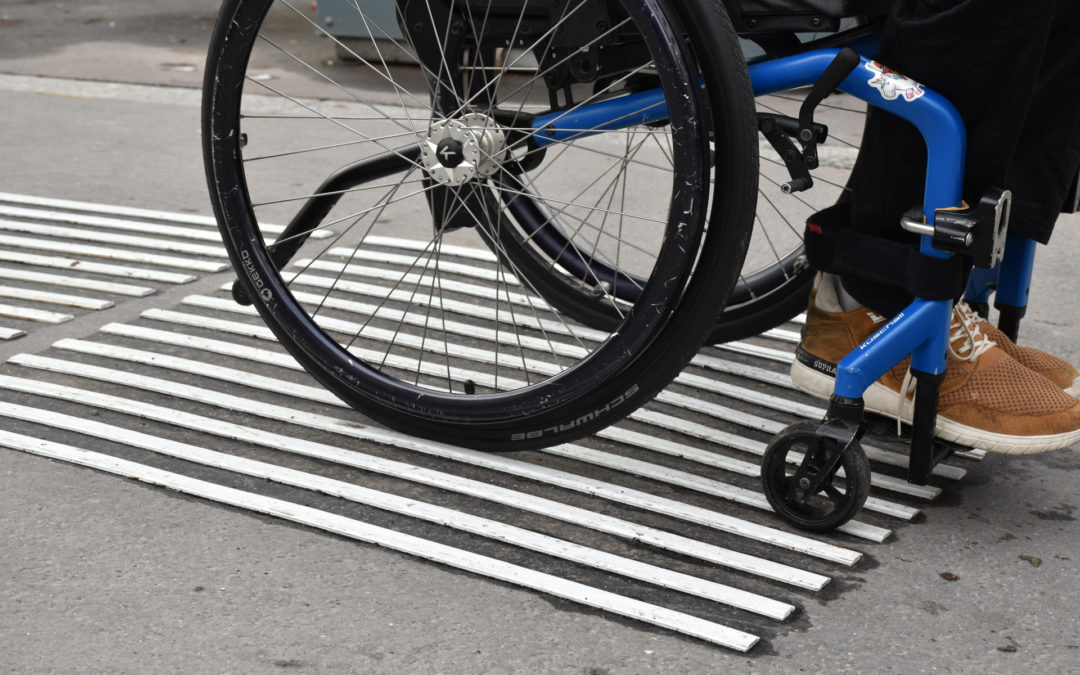
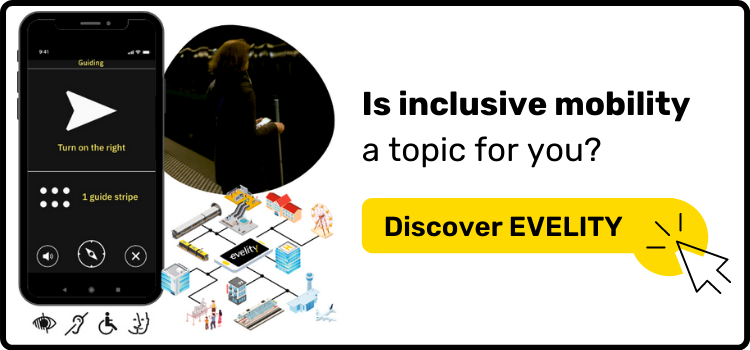
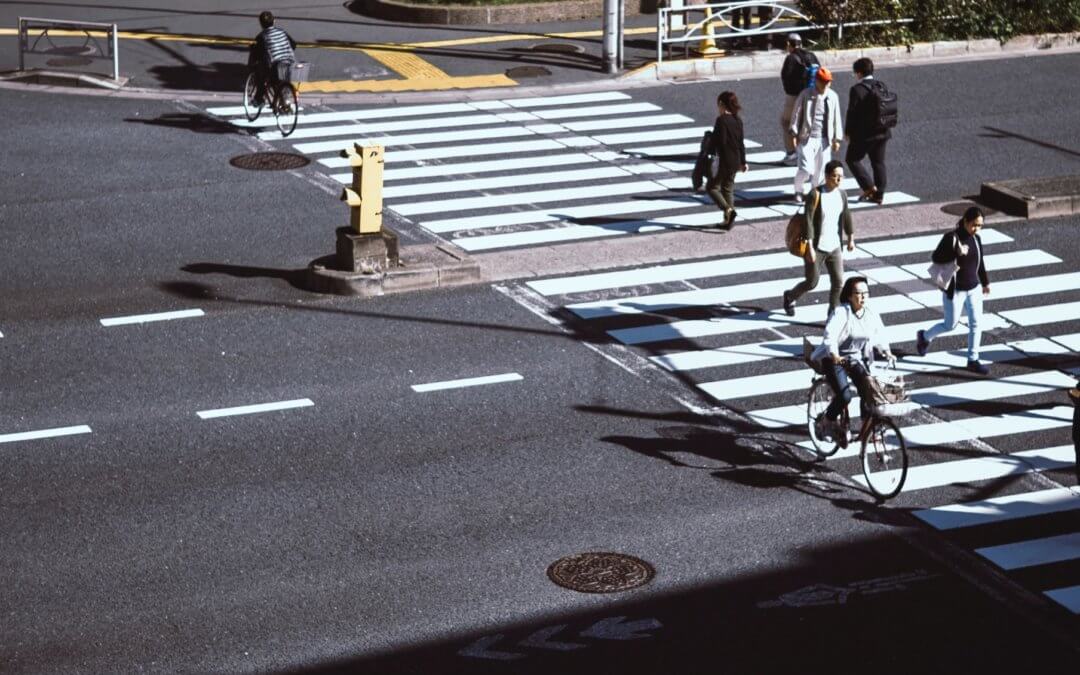
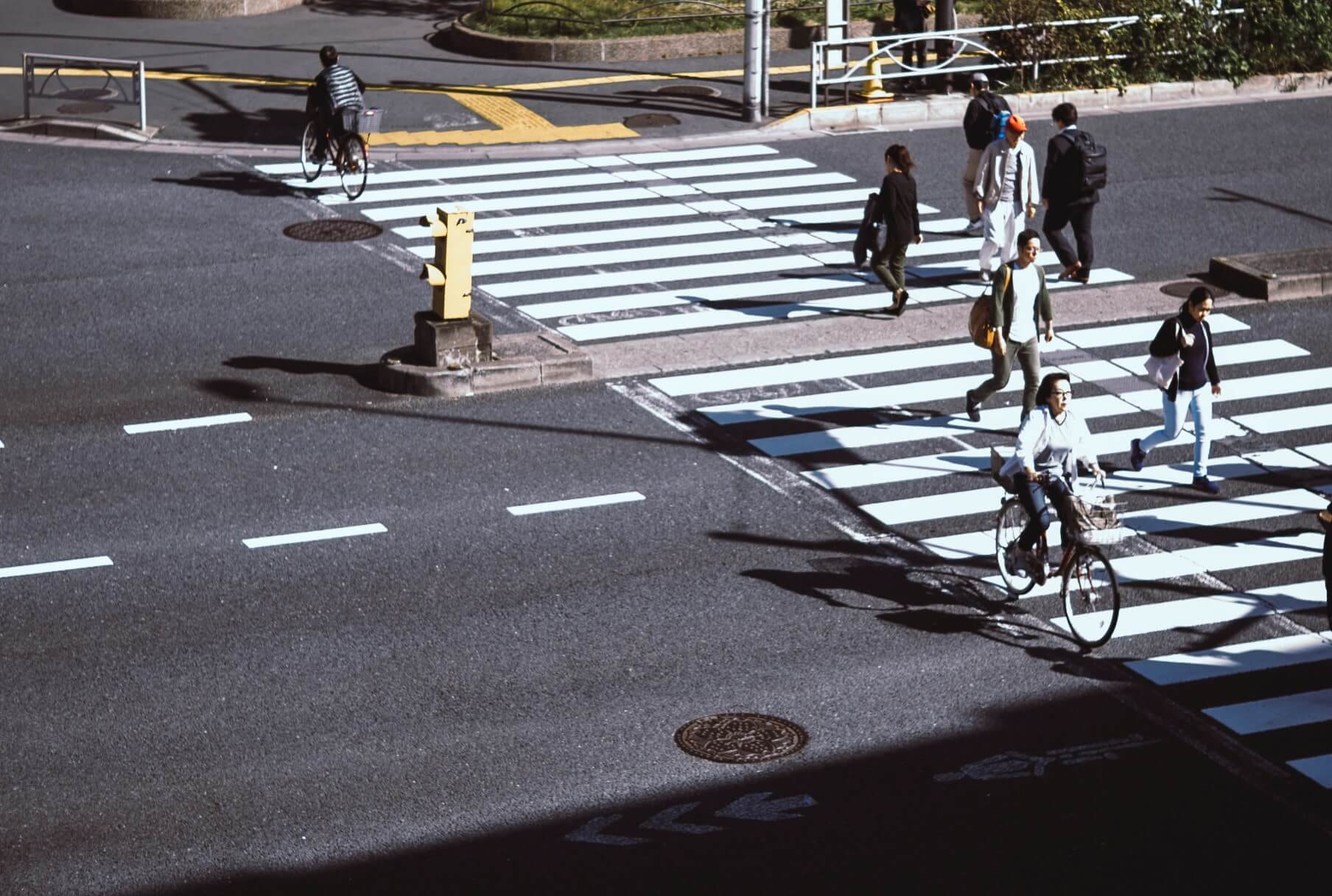
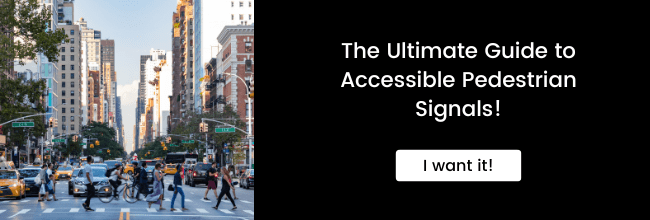
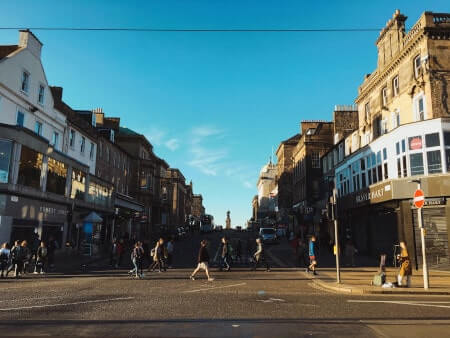
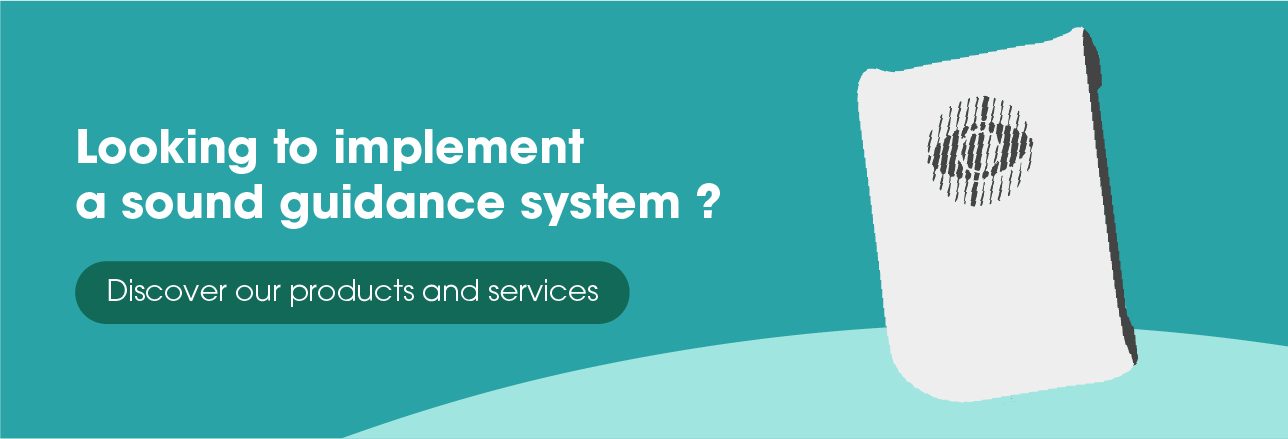
![[INFOGRAPHIC] Smartphone Use and Activities by People with Disabilities](https://www.inclusivecitymaker.com/wp-content/uploads/2020/02/smartphone_use_blind_people-min-1080x675.jpg)



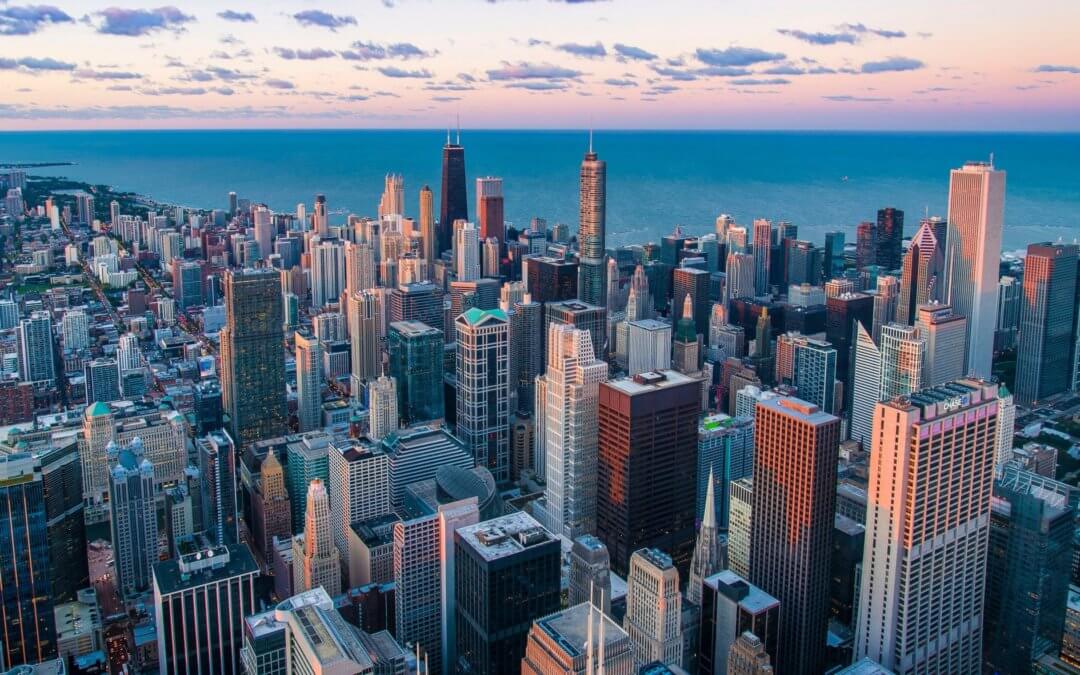
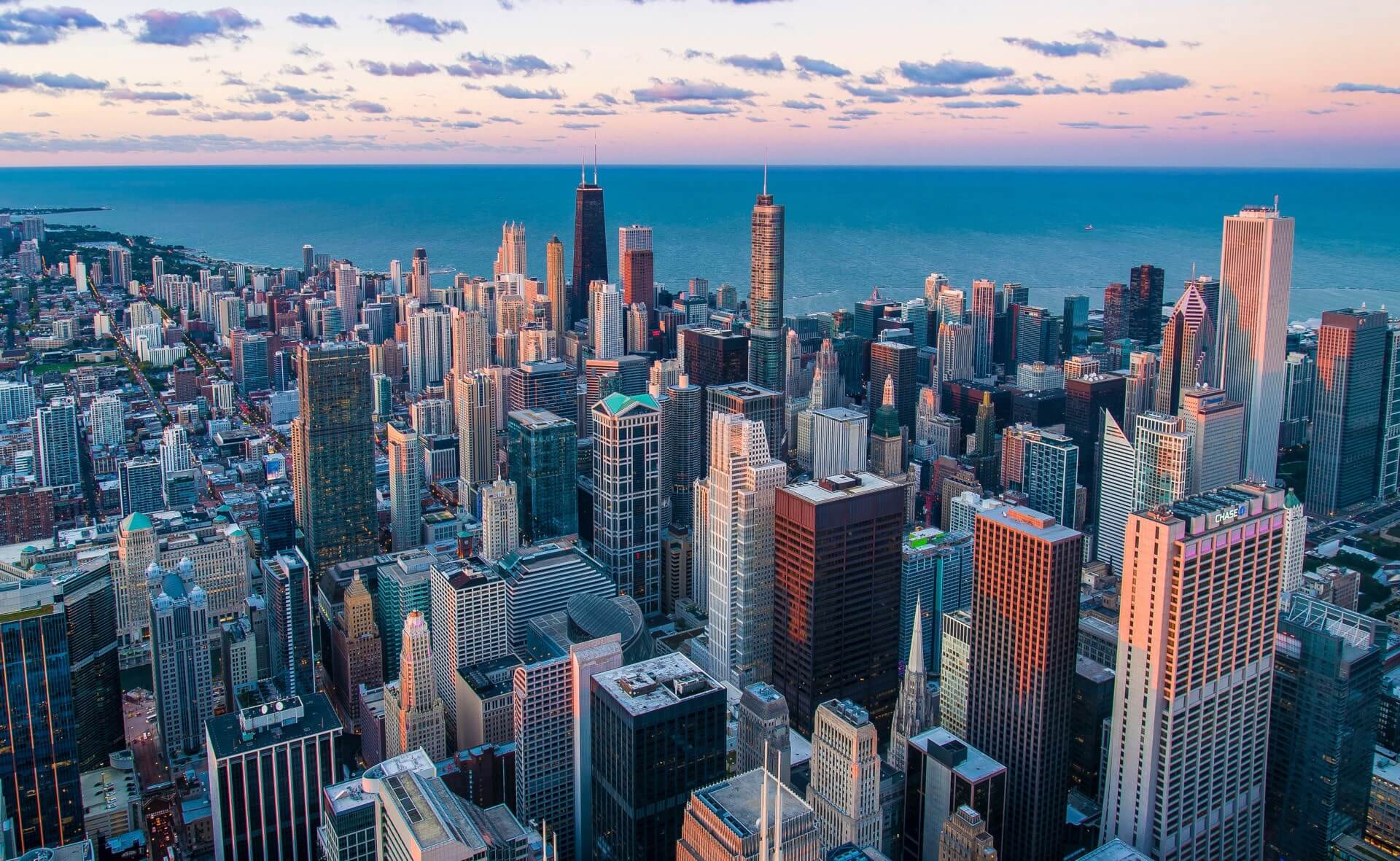
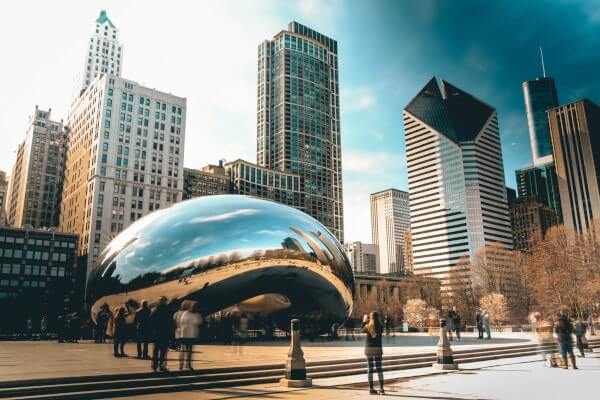
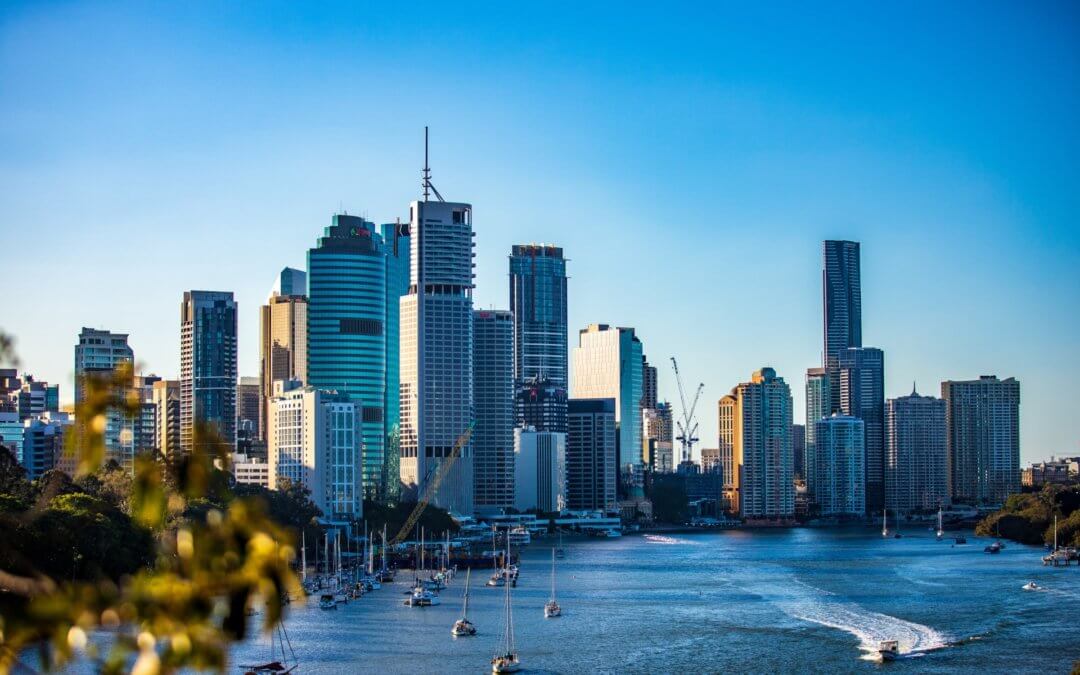
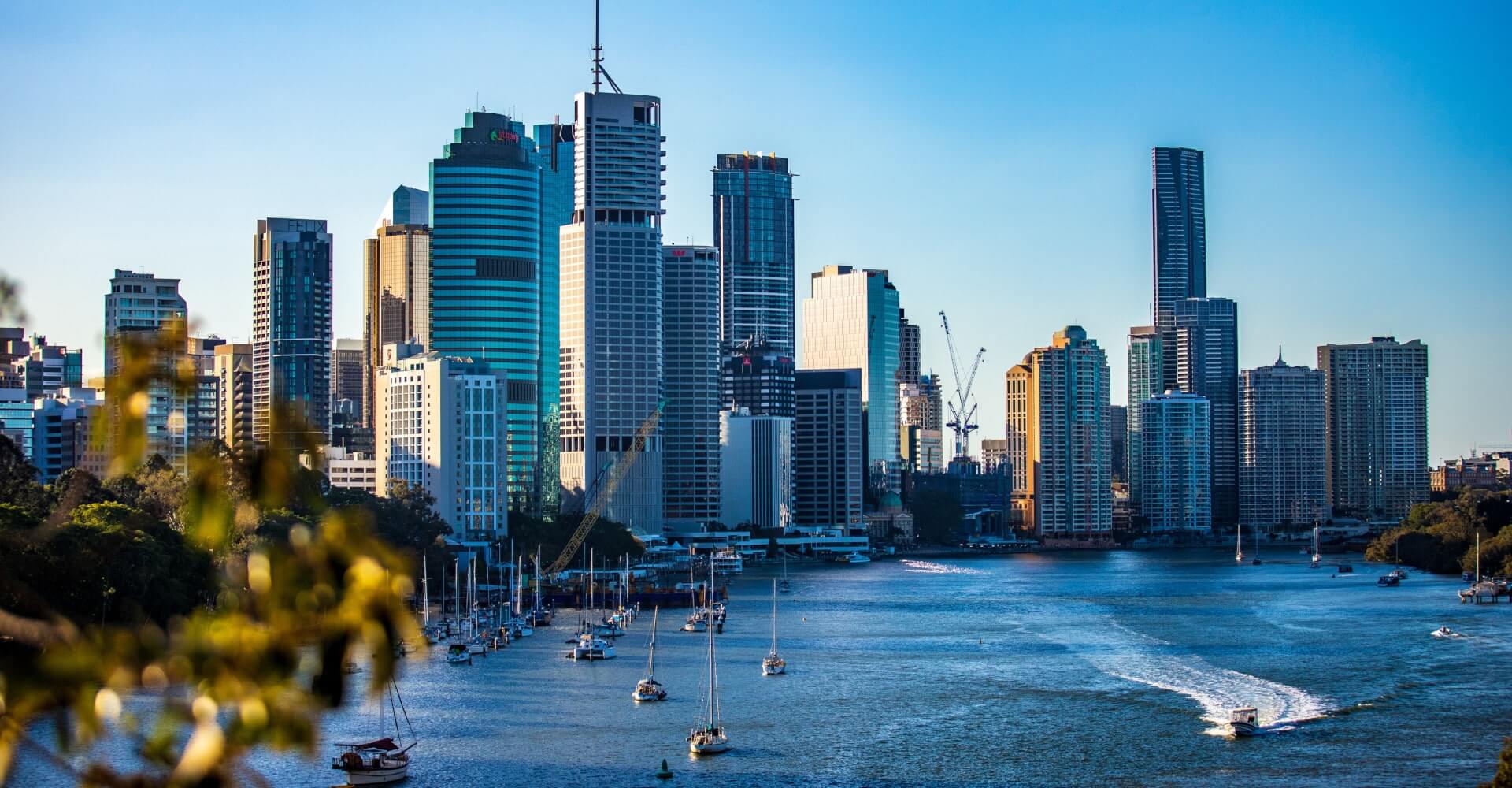
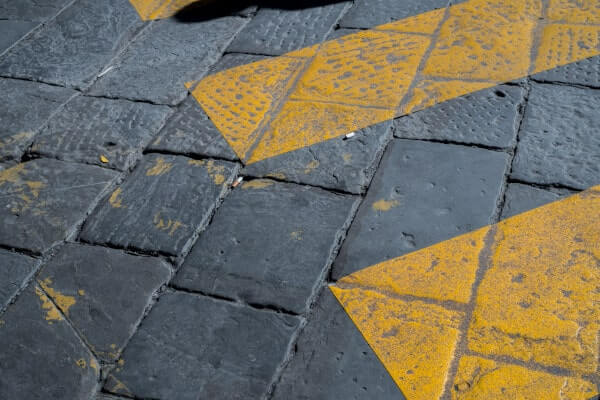
Recent Comments